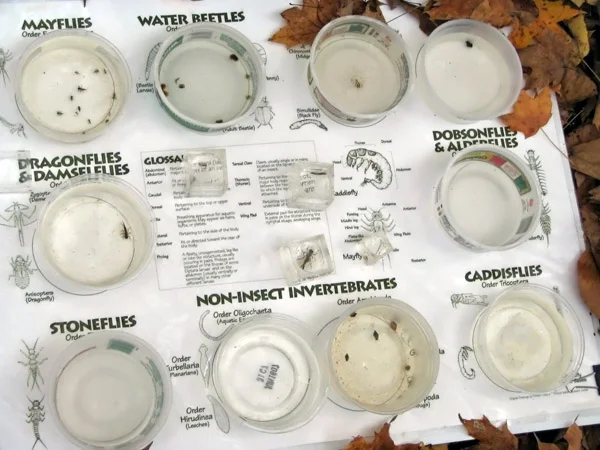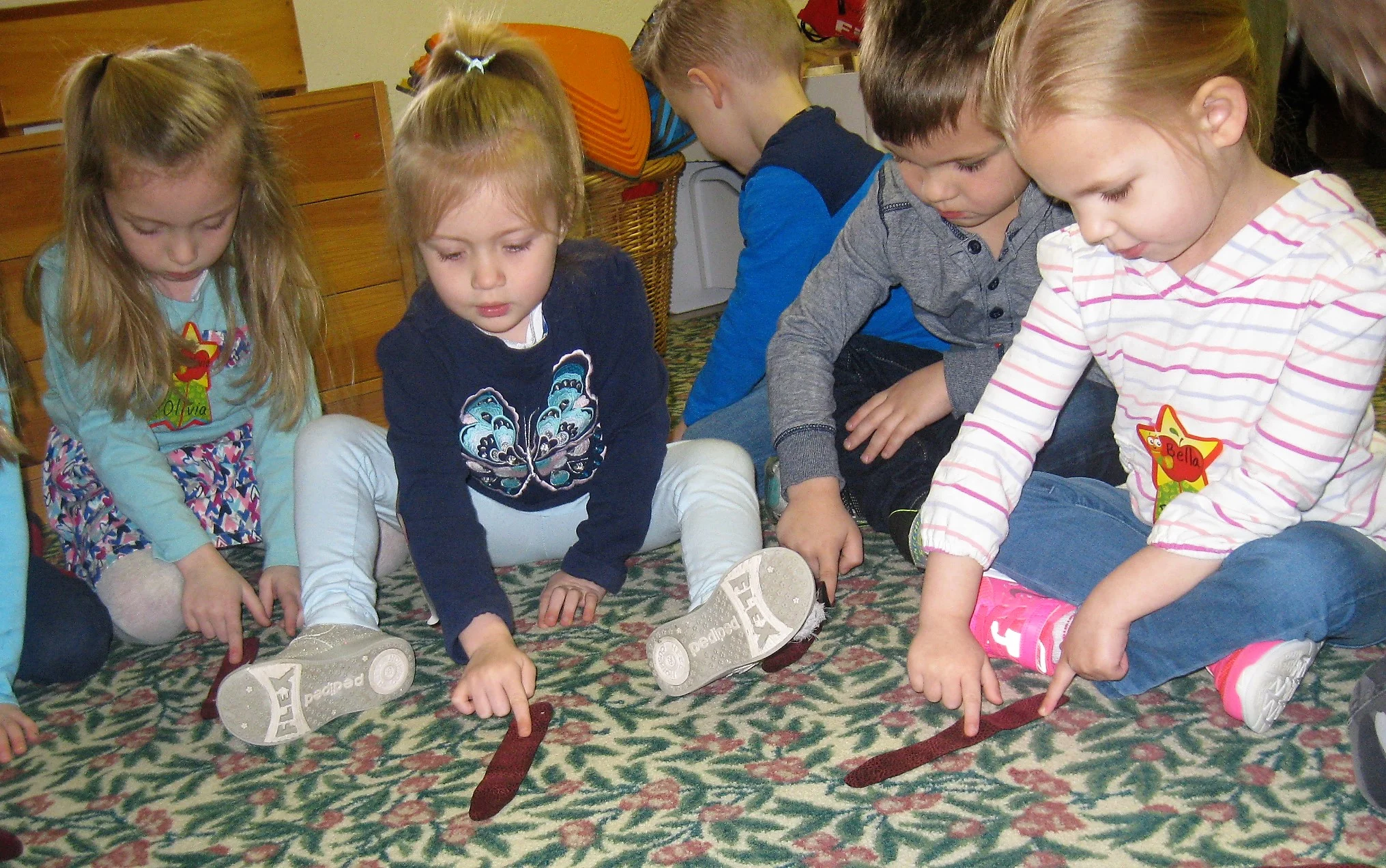Incredible Insects! For Kindergarten & Grade 1
Insects are the most abundant type of animal on earth! In this active, one-hour program will examine the characteristics of an insect, take a look at insect life-cycles, insect homes and some of their unique adaptations. A great introduction to this amazingly diverse and successful group of animals.
Fee:
$7.50 per student at the Conservancy ($75 minimum fee)
$120 per classroom of up to 24 students at your school plus a $10 travel and transportation fee
For More Information or to make a reservation contact: PWC Education Department at education@perkiomenwatershed.org
PDE Academic Standards addressed by this lesson include:
3.1.PK.A2 - Identify basic needs of plants (water and light) and animals (food, air, water).
3.1.PK.A3 - Recognize that plants and animals grow and change.
3.1.PK.A5 - Name basic parts of living things.
3.1.PK.A9 - • Ask questions about objects, organisms, and events. • Participate in simple investigations to answer a question or to test a prediction. • Use the five senses and simple equipment to gather data.
3.1.PK.B1 - Match offspring to their parents
3.1.PK.C3 - CONSTANCY AND CHANGE Describe changes that occur in animals.
4.4.PK.C - Recognize that plants and animals grow and change.
3.1.K.A3 - Observe, compare, and describe stages of life cycles for plants and/or animals.
3.1.K.A5 - Observe and describe structures and behaviors of a variety of common animals.
3.1.K.A9 - • Distinguish between scientific fact and opinion. • Ask questions about objects, organisms, and events. • Understand that all scientific investigations involve asking and answering questions and comparing the answer with what is already known.
3.1.K.B1 - Observe and describe how young animals resemble their parents and other animals of the same kind.
4.1.K.D - Observe and describe what happens to living things when needs are met.
4.4.K.C - Observe and describe stages of life cycles for plants and animals.
3.1.1.A1 - Categorize living and nonliving things by external characteristics.
3.1.1.A2 - Investigate the dependence of living things on the sun’s energy, water, food/nutrients, air, living space, and shelter.
3.1.1.B6 - • Distinguish between scientific fact and opinion. • Ask questions about objects, organisms, and events. • Understand that all scientific investigations involve asking and answering questions and comparing the answer with what is already known. • Plan and conduct a simple investigation and understand that different questions require different kinds of investigations. • Use simple equipment (tools and other technologies) to gather data and understand that this allows scientists to collect more information than relying only on their senses to gather information. • Use data/evidence to construct explanations and understand that scientists develop explanations based on their evidence and compare them with their current scientific knowledge. • Communicate procedures and explanations giving priority to evidence and understanding that scientists make their results public, describe their investigations so they can be reproduced, and review and ask questions about the work of other scientists.
4.1.1.A - Identify and describe the basic needs of living things in a terrestrial habitat.
4.4.1.C - Describe the life cycles of different plants and animals in a terrestrial habitat.






